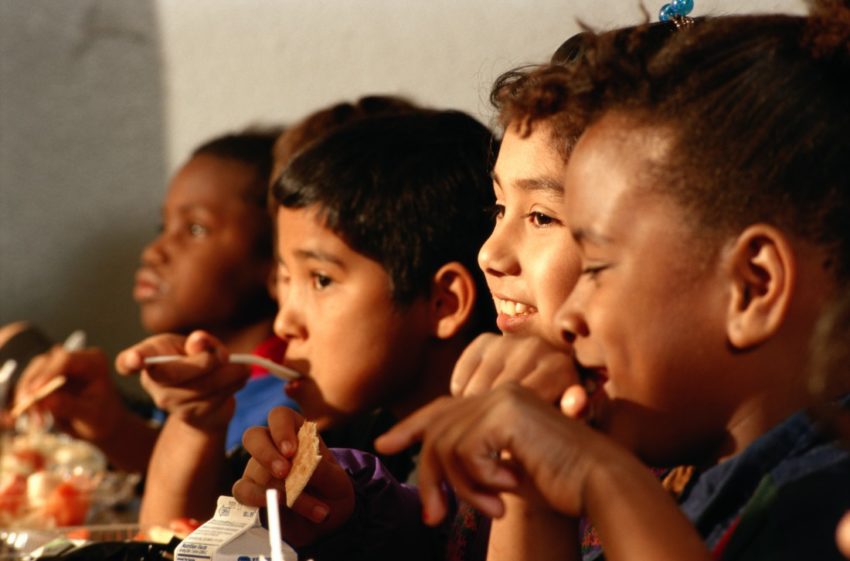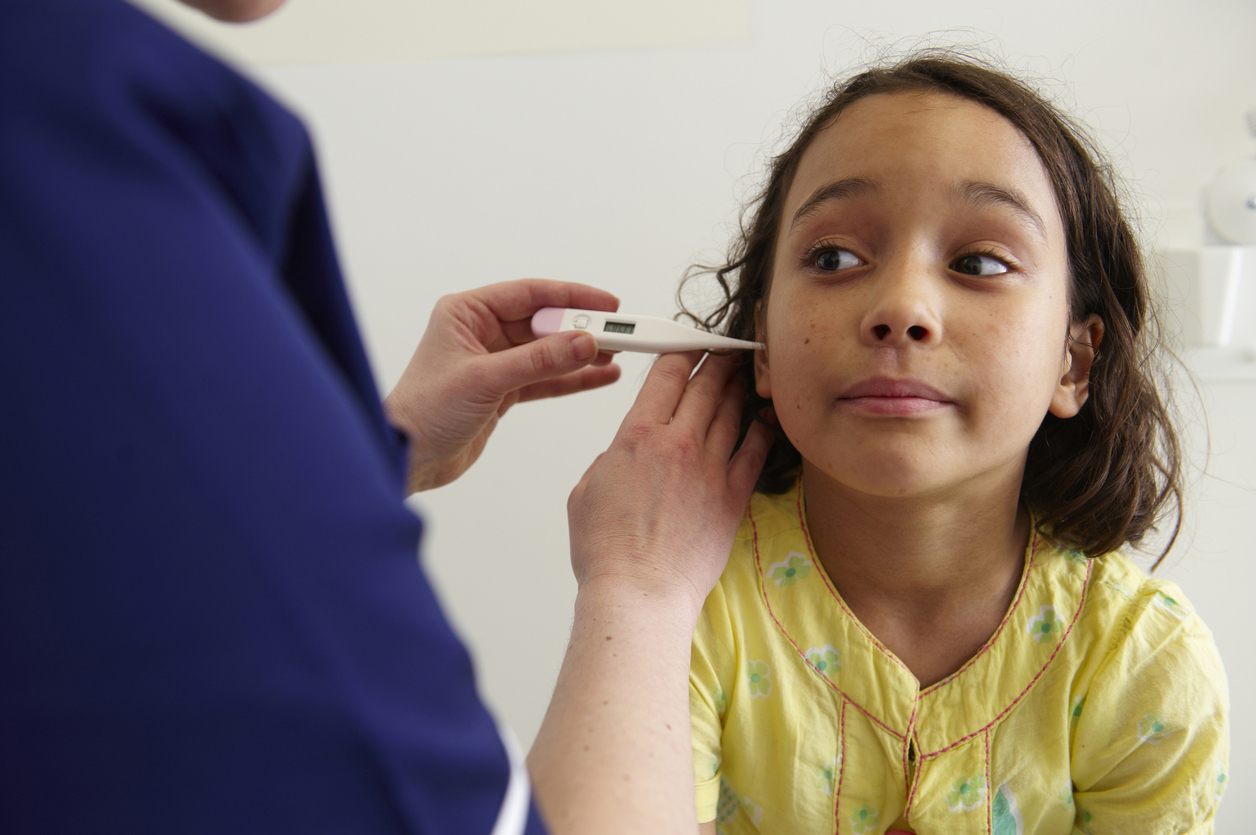
Share On Social!
The Children’s Health Insurance Program (CHIP) currently provides health coverage for over 9 million U.S. children. For Latinos, CHIP has been especially beneficial; in 2015, 92.5% of all U.S. Latino kids were covered in large part due to CHIP.
 But CHIP expired on Sept. 30, 2017. It has hung in the balance since.
But CHIP expired on Sept. 30, 2017. It has hung in the balance since.
Fortunately, Congress has made a stopgap measure to allow CHIP to continue.
The House of Representatives and later the Senate attached a rule change as part of Congress’ continuing resolution to keep the government running through Dec. 22, which allows for the Centers for Medicaid and Medicare Services (CMS) to continue to give reserve CHIP funds to the states that needed it most, Bloomberg reports.
A report from Bloomberg noted that California (38.39% Latino) has over two million children currently receiving CHIP benefits and will be one of the states that receive emergency funding. Ohio (3.38%) has the second most kids on CHIP with over 223,000 receiving benefits and Arizona (30.33%) ranked third with nearly 90,000 kids receiving benefits.
Since the passing of the Affordable Care Act (ACA), states were required to maintain Medicaid CHIP programs until 2019; if the bill isn’t reauthorized, they would receive a “lower federal matching rate.”
CHIP—What Everyone Should Know
Prior to passing the new resolution, CMS was required to evenly distribute leftover funding to each state.
Now states that are expected to run out of funding before the end of the year can get additional funding even if they have received their allotted sums.
However, despite the measure, the future is still uncertain.
The 2017 budget for CHIP was $16.6 billion; the current federal budget reduced it to $12 billion.
“The short-term funding agreement to fund the government until Dec. 22 only includes a patchwork measure to provide funding to a handful of states,” the American Academy of Pediatrics said in a statement.
In early December, the government had given $1.2 billion of its almost $3 billion in reserve CHIP funds to 15 states, as well as Washington, D.C to keep the program running.
For those families that rely on CHIP, without it, they don’t have many other options to cover their kids. While there are options through the Healthcare Marketplace (the deadline for Open Enrollment is Dec. 15, 2017), many low-income families do not have the extra funds for this.
“Families have options, but not a lot of options,” said Linda Nablo, chief deputy director of Virginia’s Department of Medical Assistance Services in an interview with Bloomberg. “Most of them will just be uninsured.”
Read more about the importance of health insurance here:
- Finally, Some Good News for the Health Insurance of Latino Kids http://salud.to/2y6fmNr #SaludInsurance
- Back-to-School = Time for Kids to Get Covered http://salud.to/2Ah2e4N #SaludInsurance
By The Numbers
25.1
percent
of Latinos remain without health insurance coverage



